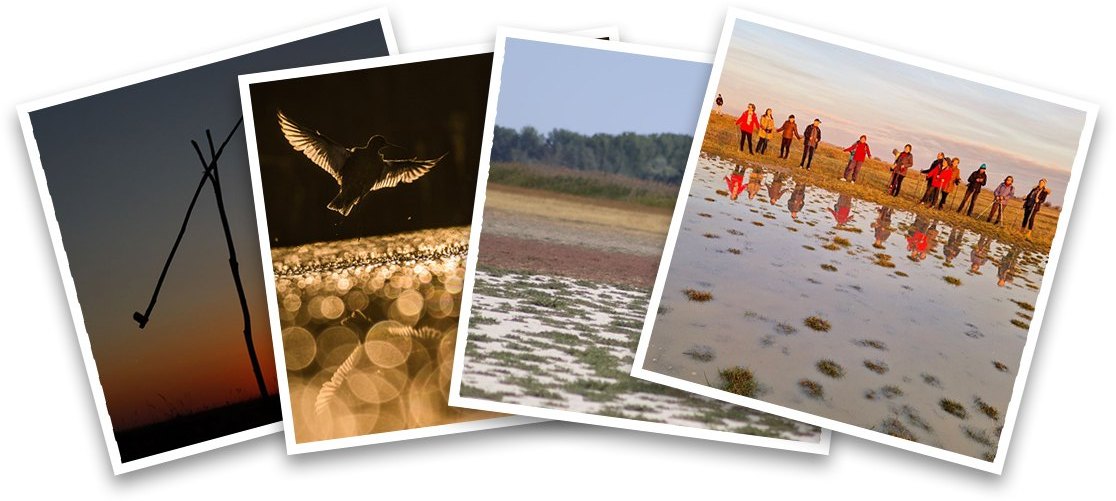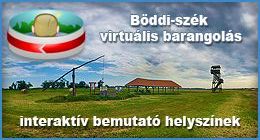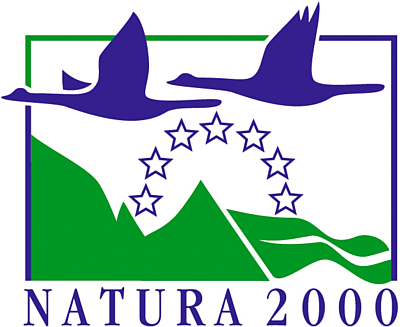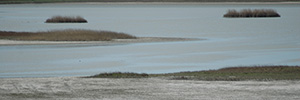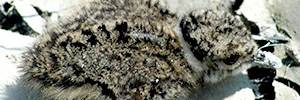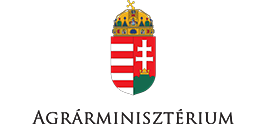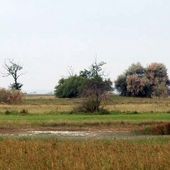SÓBALLA TANÖSVÉNY
A Sóballa tanösvény a világviszonylatban egyedülálló pannon szikesek legfőbb elemét, a klasszikus fehér vizű szikes tavi vízi élőhely együttest és a környező szikes élőhelyeket, a jellemző növény és állatfajokat mutatja be élményszerűen közeli módon, a Böddi-szék peremén.
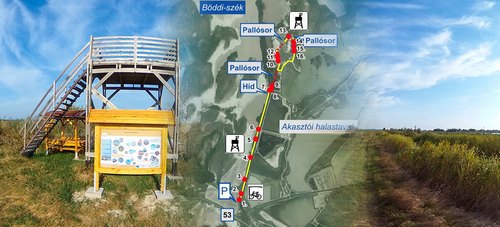
VIRTUAL WANDERING
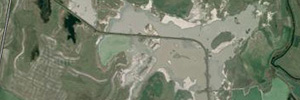
GALLERY
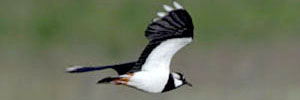
PLANTS
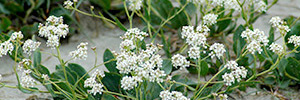
Restoration of Pannonic sodic wetlands in the Kiskunság
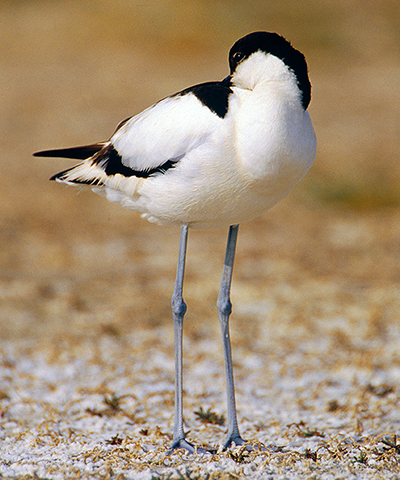
Pannonian salt steppes and salt marshes occur only in a few countries of the European Union, mainly in the Pannonian bio-geographical region. The largest surface area and the centre of distribution of this habitat type is in Hungary, 99% of the Natura 2000 habitat type 1530 occurs in Hungary. Salt steppes and their associated salt-tolerant herbaceous communities are the western representatives of the continental alkaline vegetation in the Pontic region. Within this region, the Carpathian Basin is the western border area of the sodic ecosystem range of Eurasia where characteristic continental soda pans occurs.
Böddi-szék is a characteristic sodic pan and is one of the most important of such wetland habitats in the Carpathian Basin located in the central part of Hungary. The extent of its area is significant with 18% of the open water surface sodic pans in Hungary.
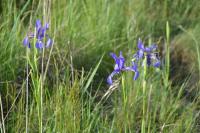
Rescue of Iris spuria before field-works
In the frame of Action C1 the elimination of harmful canals are planned in order to restore the natural water balance of the sodic pan. Along the canals significant stands of Iris spuria were detected in the frame of the botanical surveys. Approximately 160 individuals were transplanted to safe places, strengthening sporadic occurrences of the protected species.
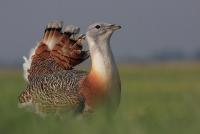
Site management improves habitat structure for the great bustard as well
Great Bustard was observed from the north side of the project area. Data of Great Bustard from the north side of the project area is sporadic. On the south part of the project site this steppe bird species is rare, but can be observed regulary. Importance of the habitat structure development in the frame of the project, like the exact delineations of the grassland-ploughland borders is essential regarding the conservation of the small Great Bustard population of the Böddi-szék.
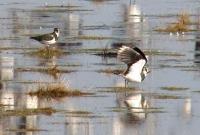
Habitat improvement
Due to the grazing of the Hungarian speckled cattle, the opening of the dense and closed swamp vegetation has already been started, which is well indicated by the habitat selection of the birds staying on the area at the end of the winter. The open water surface has increased as well, and this newly created open habitat offered excellent resting habitat for large flocks of Greylag goose or White-fronted goose in this period. The edge of the grazed swamp vegetation was occupied by Northern Lapwing individuals, where they can find later good and undisturbed place for nesting as well.
Common Shelduck can be observed even more frequently on the sodic wetland area as well.







